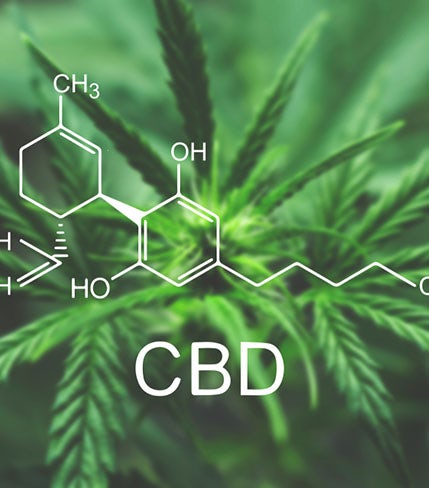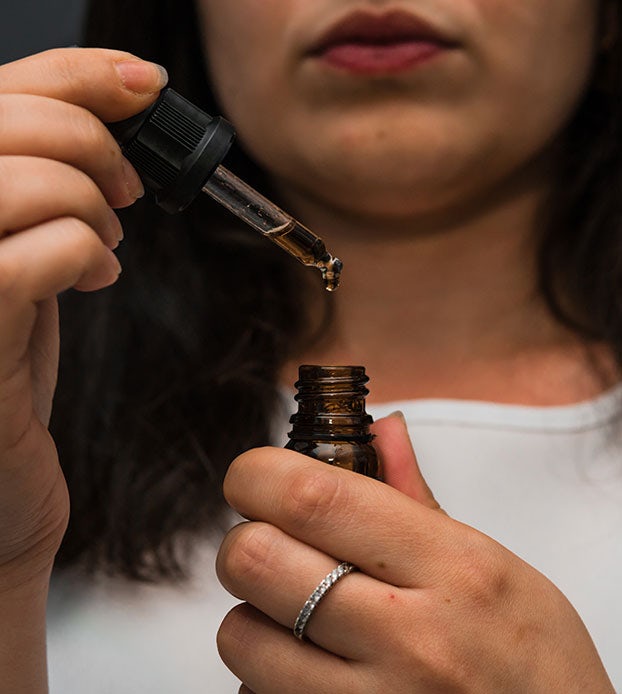A higher geographic concentration of medical and adult-use cannabis dispensaries is associated with lower opioid-related death rates on a county level, according to the finding of a new study.
Increasing the number of dispensaries in a county “from one to two storefront dispensaries in a county is associated with an estimated 17% reduction in all opioid related mortality rates,” wrote the authors of the study, which was published in The BMJ last week.
For synthetic opioids other than methadone, the reduction in deaths was even greater.
The study highlights the importance of considering the complex relationship between drug markets “and how this shapes opioid use and misuse,” the researchers wrote. Many physicians and health researchers have pointed to cannabis as an alternative to opioids in chronic pain patients.
The new data comes just weeks after researchers at the RAND corporation found that the density of adult-use cannabis dispensaries is linked to greater use of cannabis among young adults in Los Angeles County.
“For each additional licensed marijuana outlet, there was an expected 0.7% increase in the odds of using marijuana in the past month. For example, there was an approximate 10% increase in the odds of using marijuana for someone with 14 licensed outlets within a 4-mile radius compared with someone with no outlets,” the RAND report stated.
This is by no means the first study to look at the connection between cannabis legalization and opioid mortality rates — or to reach similar conclusions.
One study found states where medical cannabis was legal saw nearly 25% lower opioid overdose mortality rates compared to states without medical cannabis. Another looked at adult-use legalization in Colorado, finding that it “resulted in a 0.7 deaths per month reduction in opioid-related deaths,”
There is no consensus on the matter, however, as researchers in a longer-term study concluded that there was no evidence of such associations, going so far as to call them “spurious.”
The study published last week looked at the 812 counties in 23 American states that had legal cannabis dispensaries in 2017. It looked at the US mortality data from the Centers for Disease Control and Prevention from 2014 to 2018 combined with US census data and data from Weedmaps.com on the locations of storefront dispensaries. The researchers weighed age adjusted mortality rates associated with all opioids, including prescription opioids, heroin, and synthetic opioids.
The researchers did not include unlicensed dispensary listings (in particular delivery services) listed on Weedmaps, and that were thus unable to determine the extent of the use of storefronts versus delivery services.
“Overall, our study should be regarded as a conservative examination of how the legal availability of cannabis in the US through storefront dispensaries with specific, known locations, rather than the total availability through legal and illicit markets, relates to opioid related mortality rates,” they stated.
Sign up for bi-weekly updates, packed full of cannabis education, recipes, and tips. Your inbox will love it.

 Shop
Shop Support
Support
















